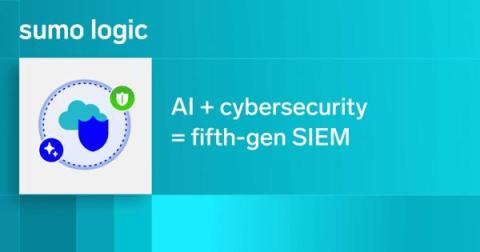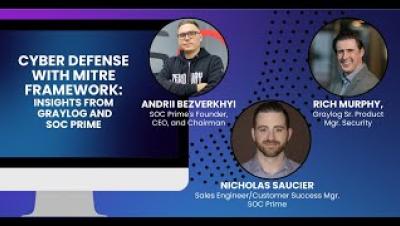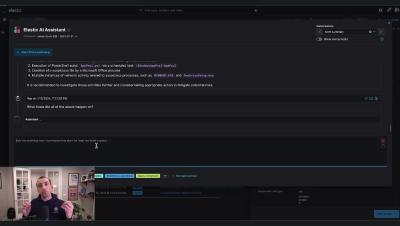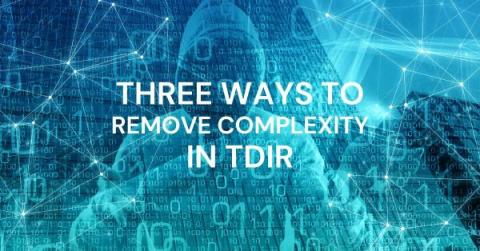UEBA & SIEM: How They Differ & Work Together
Are your cybersecurity tools working together effectively? UEBA (User Entity Behavior Analytics) and SIEM (Security Information and Event Management) are two of the most potent cybersecurity solutions in modern organizations, but they serve very different purposes. UEBA identifies risky behaviors, while SIEM collects and analyzes security data across your network.











